Impact of Impeller Material on Cavitation Resistance in Horizontal Slurry Pumps
This article explores the influence of impeller material on cavitation in horizontal slurry pumps. Cavitation can lead to reduced pump performance, increased maintenance, and potential damage to the pump components. Understanding the role of impeller material in mitigating cavitation effects is crucial for optimizing pump operation and maximizing its lifespan.
Description:
This article explores the influence of impeller material on cavitation in horizontal slurry pumps. Cavitation can lead to reduced pump performance, increased maintenance, and potential damage to the pump components. Understanding the role of impeller material in mitigating cavitation effects is crucial for optimizing pump operation and maximizing its lifespan.
Introduction to Cavitation:
Cavitation occurs when low-pressure zones form within the pump due to vaporization of the liquid being pumped. These vapor bubbles collapse upon entering higher pressure regions, causing shockwaves and erosion on the impeller surfaces. The choice of impeller material significantly impacts the resistance to cavitation and the overall pump performance.
1. High-Chrome Alloys:
High-chrome alloys are commonly used in slurry pump impellers due to their excellent wear resistance. When it comes to cavitation resistance, high-chrome alloys provide moderate protection. However, they may not be as effective in preventing damage caused by severe cavitation conditions.
2. Stainless Steel:
Stainless steel impellers offer better resistance to cavitation compared to high-chrome alloys. They have a higher tolerance for low-pressure zones and collapsing vapor bubbles. Stainless steel is particularly beneficial when dealing with corrosive slurries or applications that involve higher levels of cavitation.
3. Rubber and Polyurethane:
Rubber or polyurethane-coated impellers demonstrate superior resistance to cavitation. The flexible and resilient nature of these materials absorbs the impact of collapsing vapor bubbles, reducing the risk of erosion and damage to the impeller surface. Rubber and polyurethane coatings are often utilized in slurry pumps handling highly abrasive or viscous slurries.
4. Ceramic and Composite Materials:
Ceramic and composite impellers provide exceptional resistance to cavitation due to their high hardness and wear resistance. These materials are capable of withstanding severe cavitation conditions, making them suitable for demanding slurry applications. However, they may be more expensive and require careful consideration during the pump design phase.
Conclusion:
The choice of impeller material in horizontal slurry pumps has a significant impact on cavitation resistance. While high-chrome alloys offer moderate protection, stainless steel, rubber or polyurethane coatings, and ceramic or composite materials provide enhanced resistance to cavitation. Proper selection of impeller material based on the specific slurry characteristics and operating conditions can minimize the detrimental effects of cavitation, improve pump performance, and extend the lifespan of the pump.

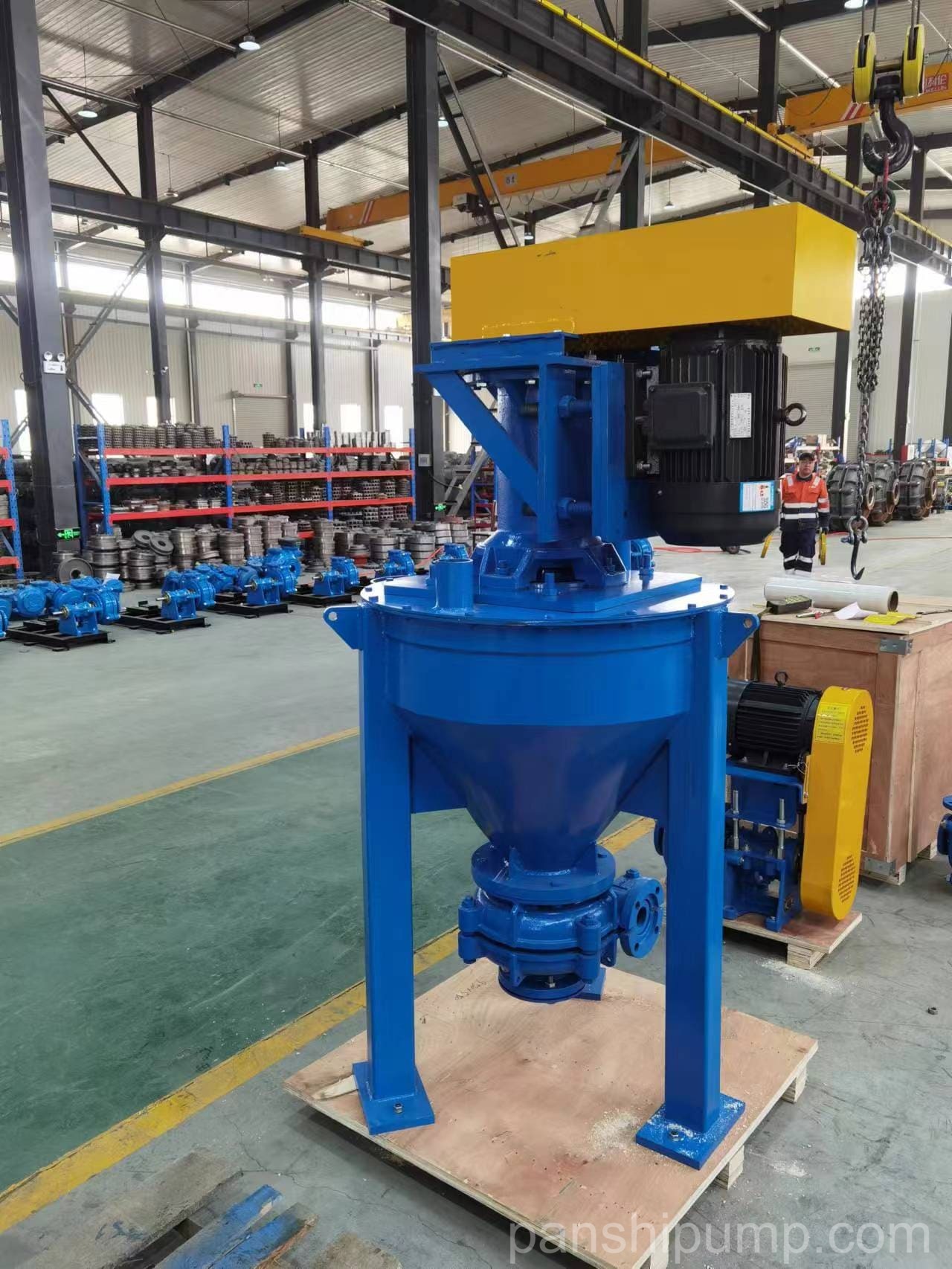
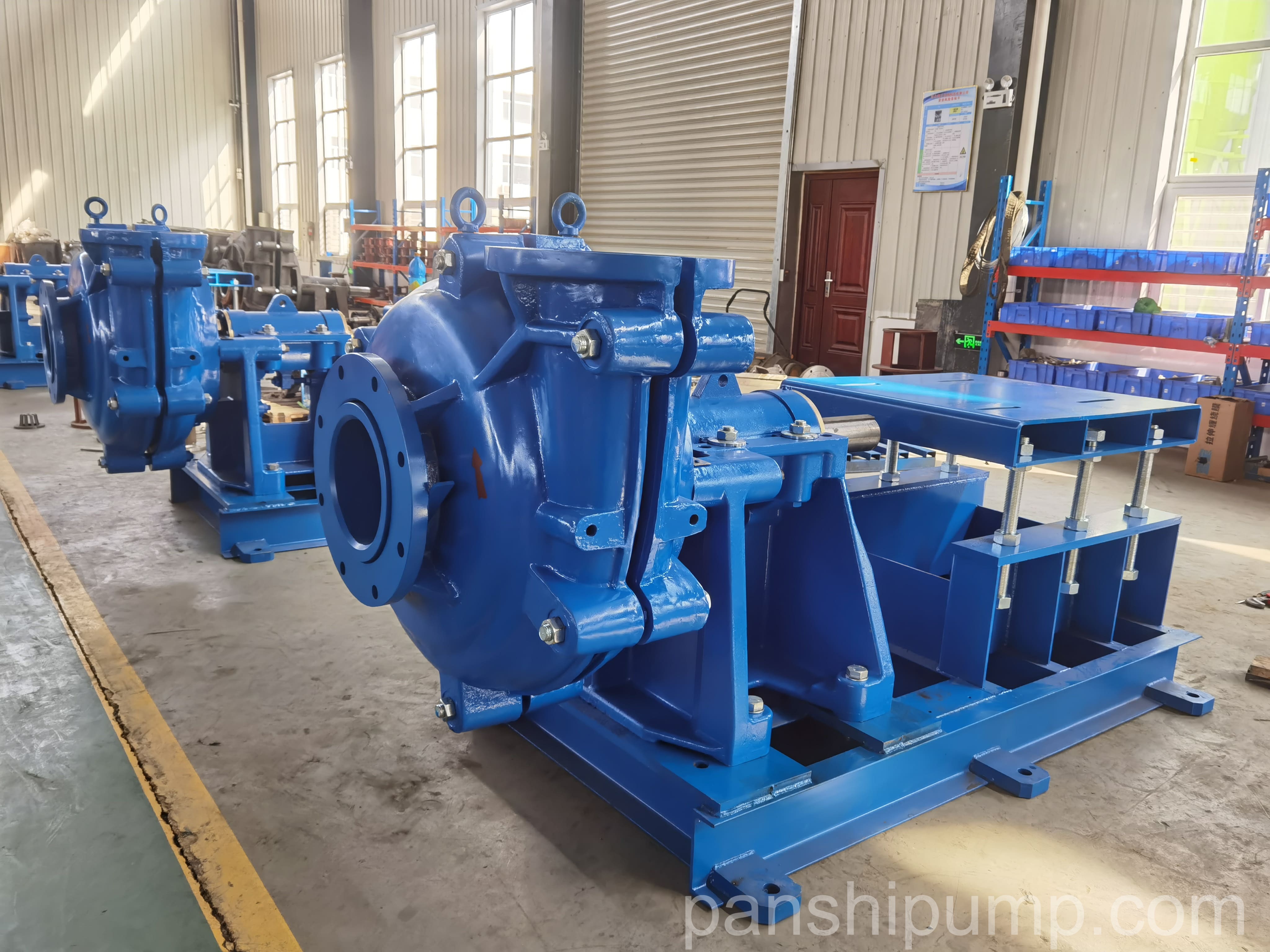
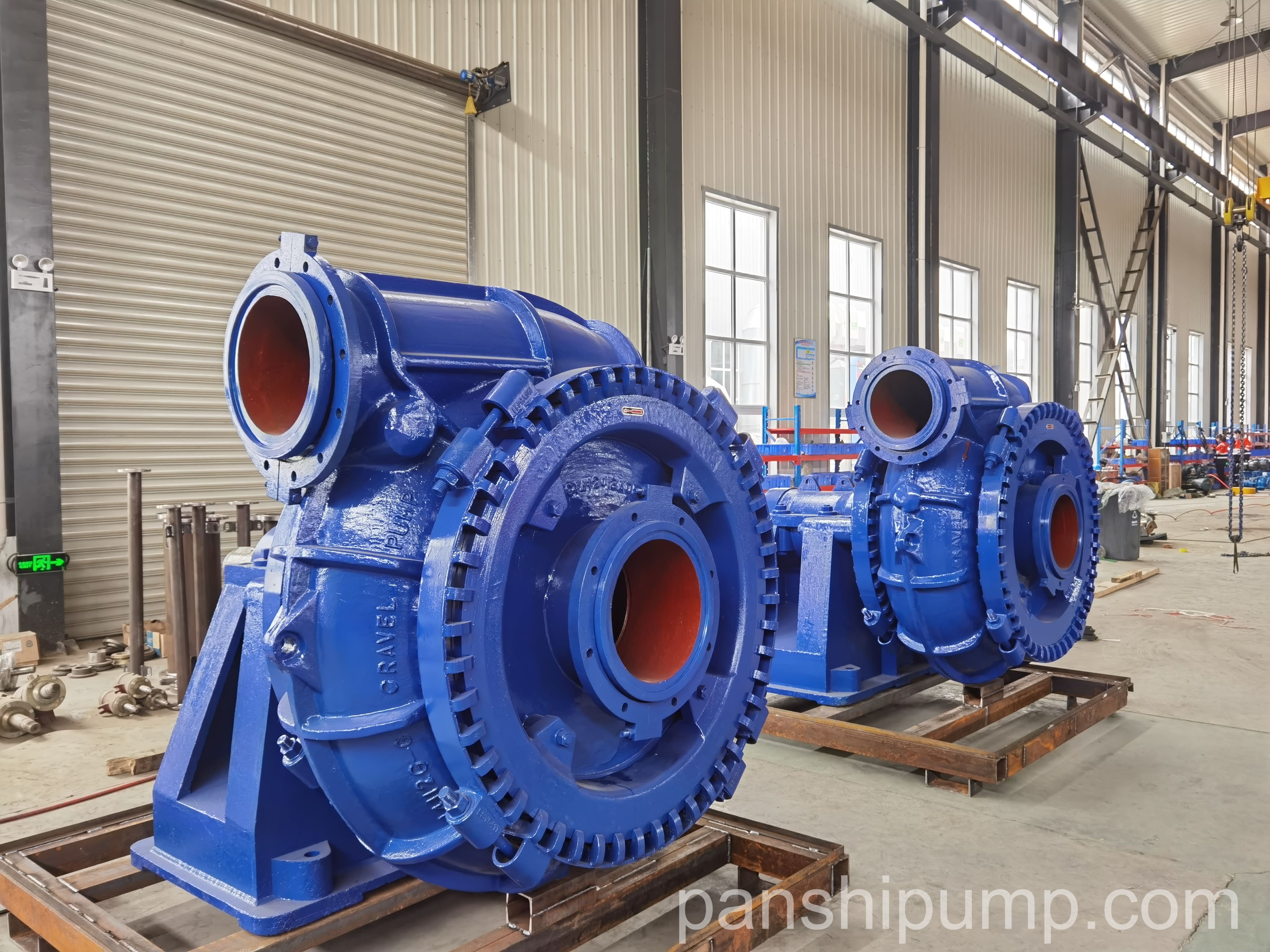
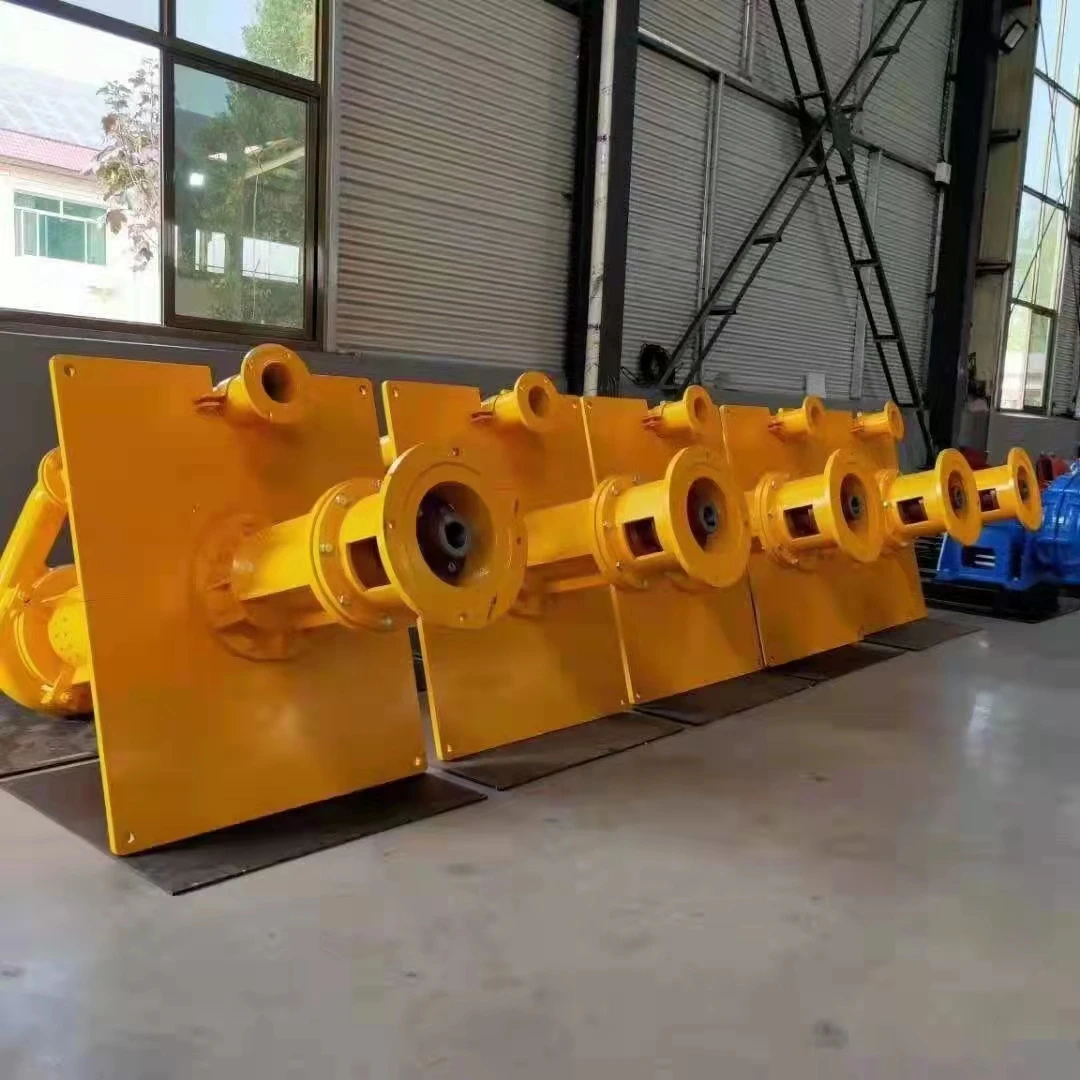
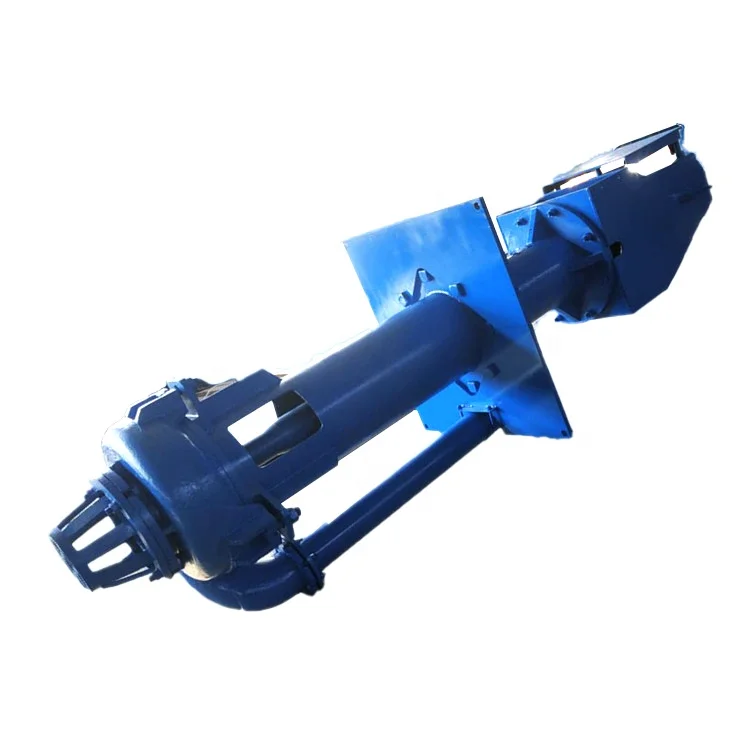
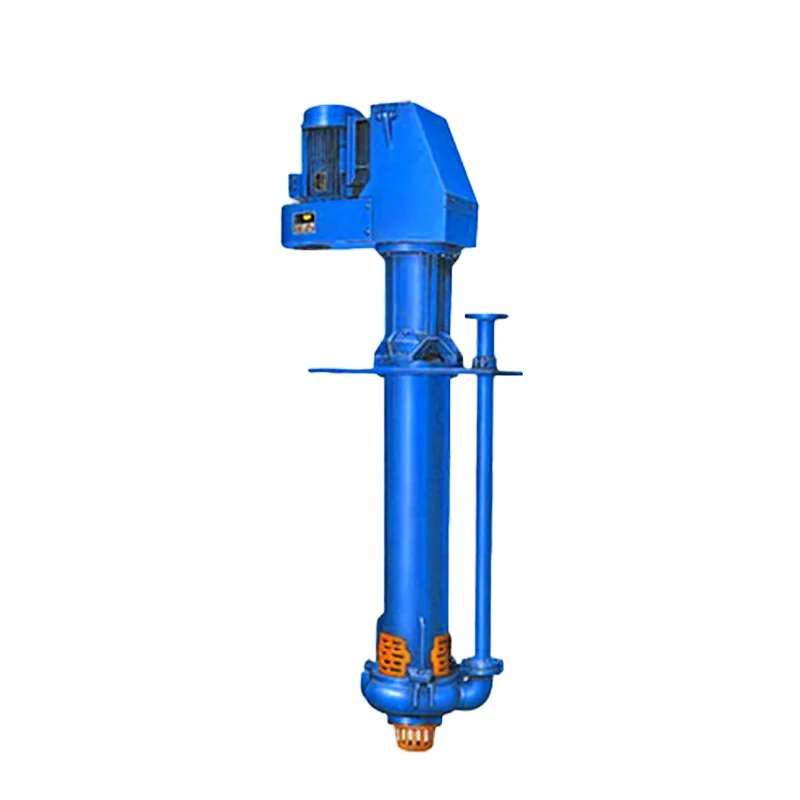
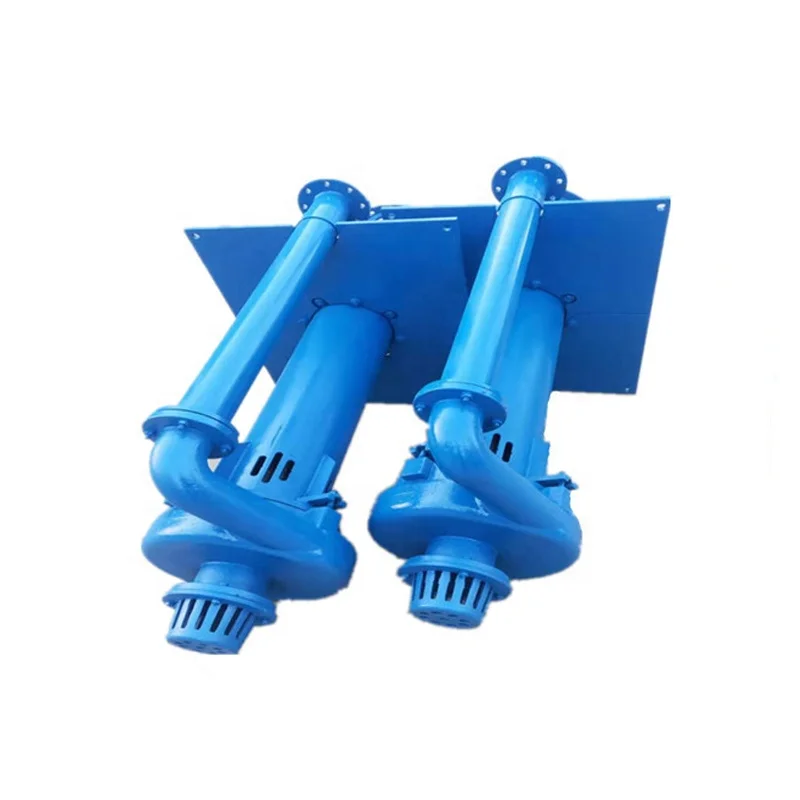




Please login to write a comment after